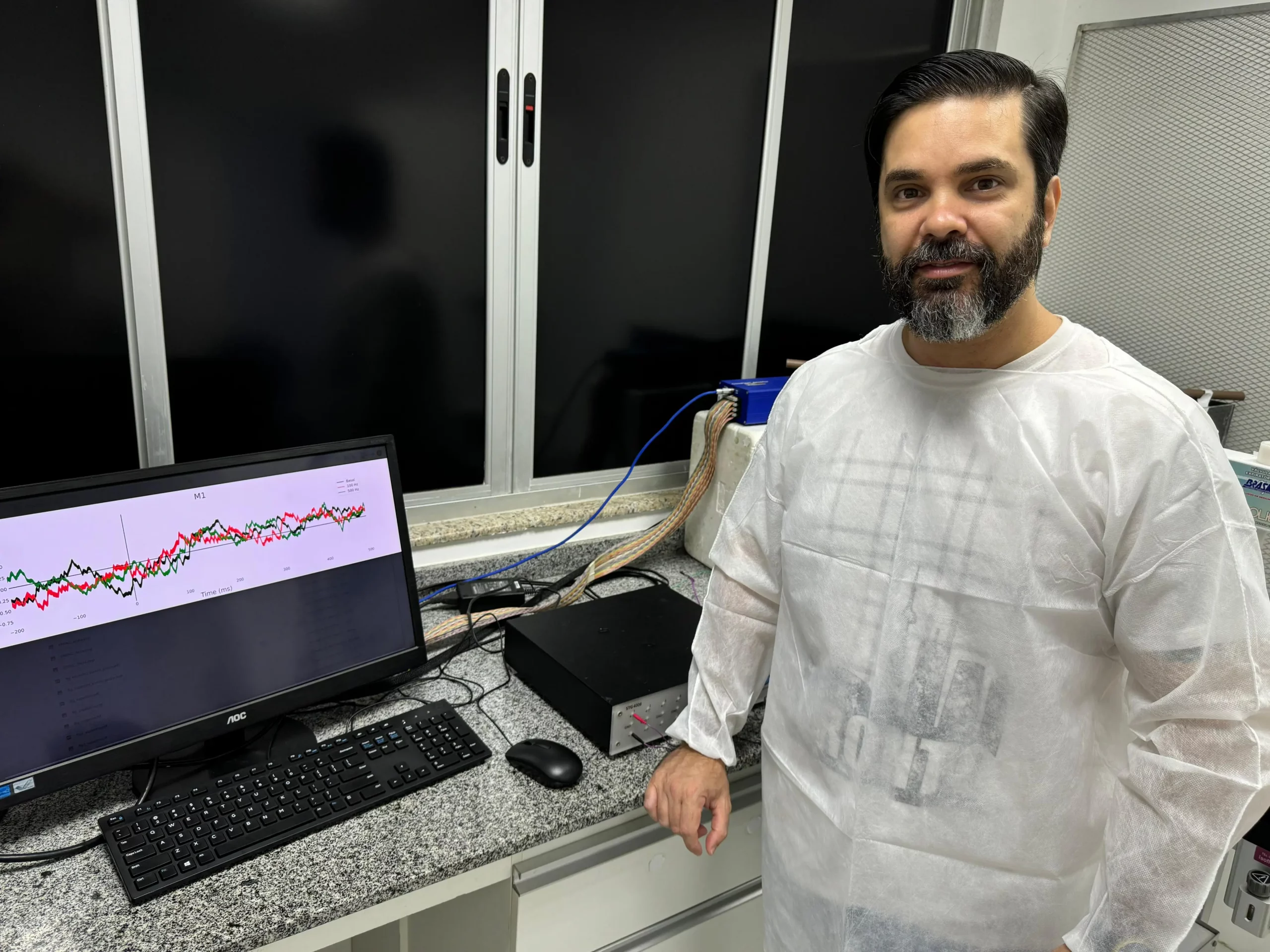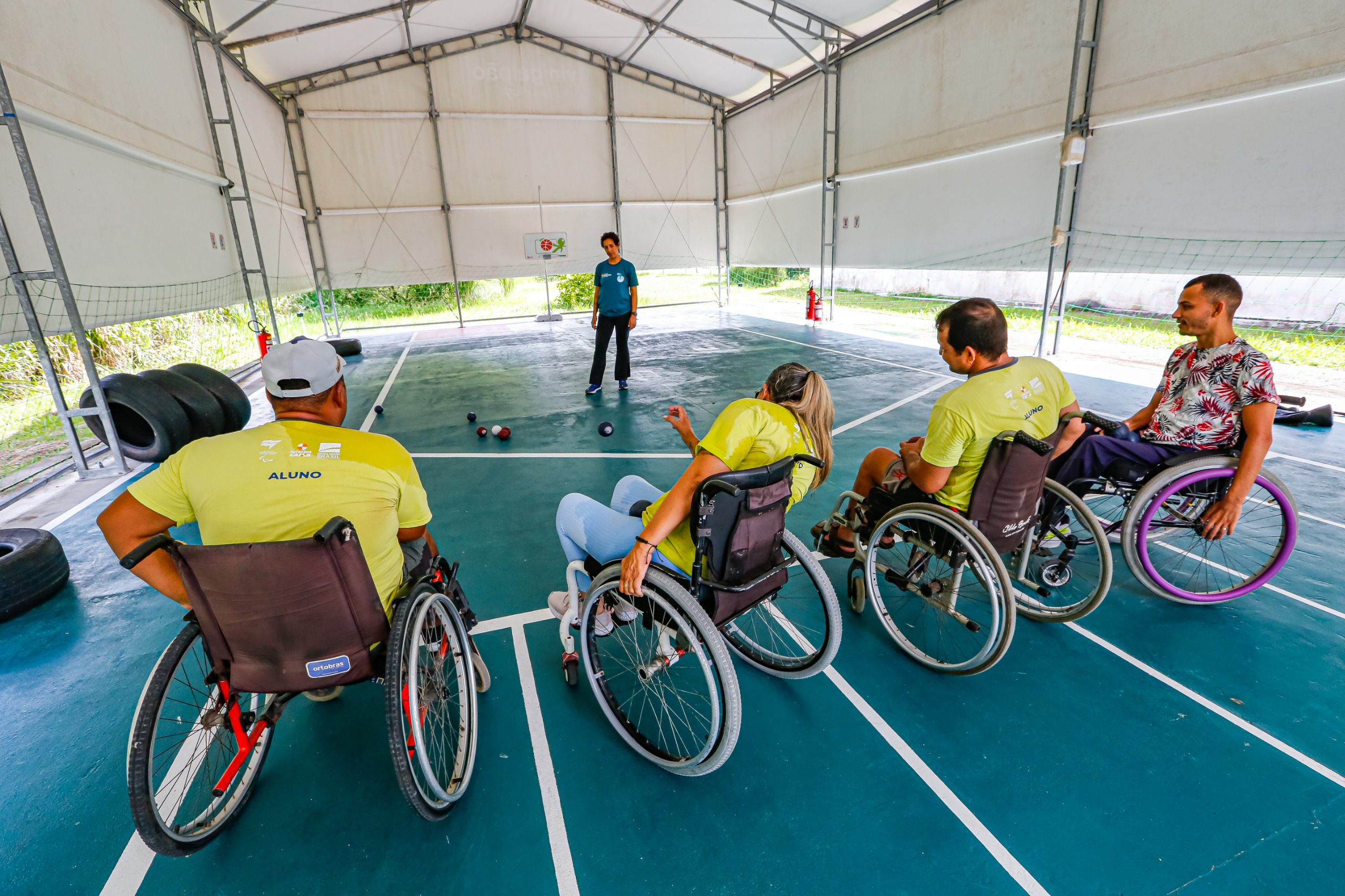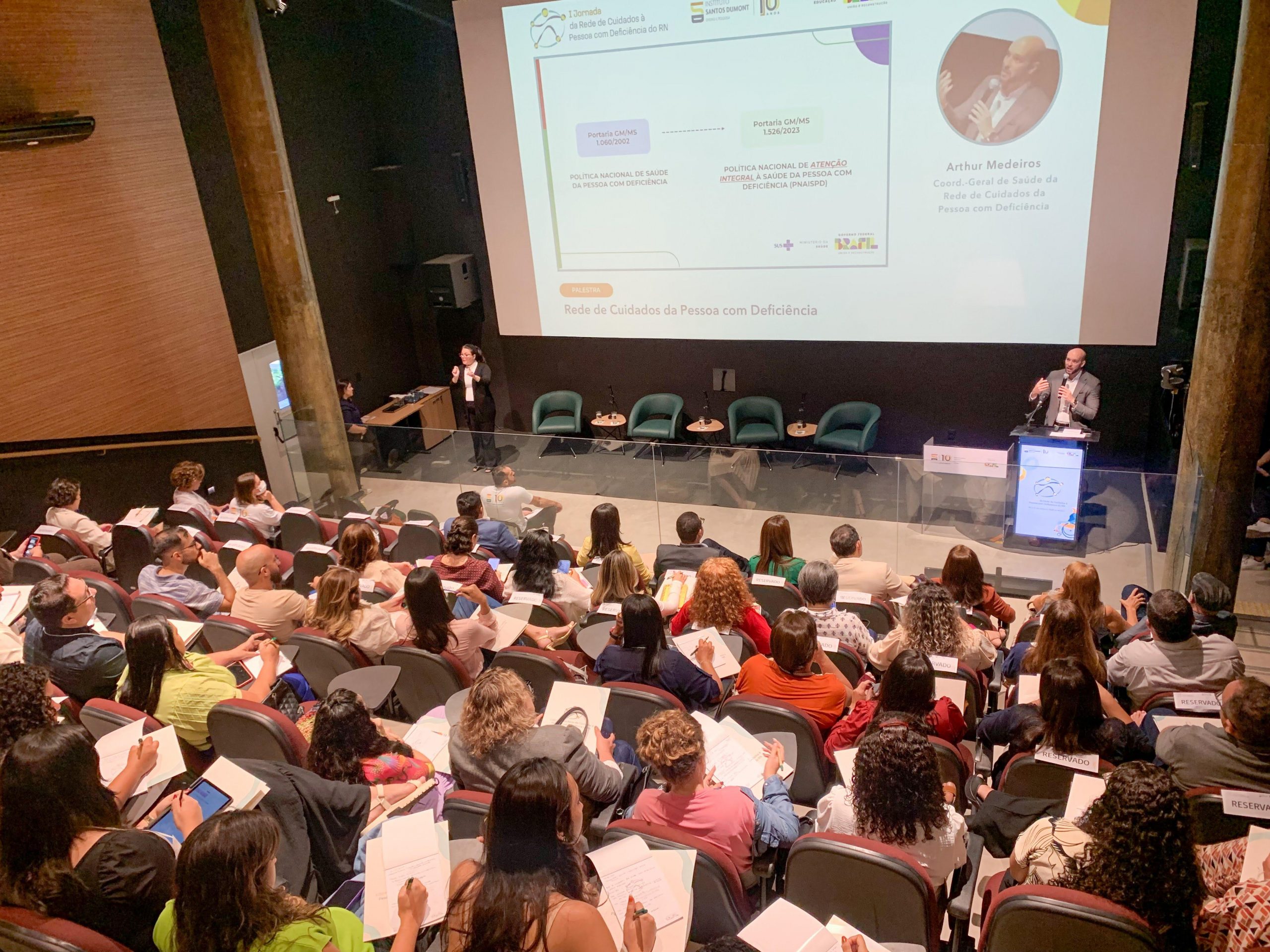From planning to execution, the simple act of moving voluntarily involves several processes in the brain. Several conditions that result in motor disorders, such as Parkinson's disease and spinal cord injury, have been the focus of basic and translational research in neuroscience, which seeks to provide solutions for improving the quality of life and rehabilitating daily motor functions of people affected by neurological disorders.
As an example of this, researchers from the Santos Dumont Institute (ISD), a Social Organization operating in Macaíba, in Rio Grande do Norte, recently published a study that aims to deepen the understanding of the benefits of an innovative method of treatment and motor rehabilitation: electrical stimulation of the spinal cord.
The research, signed by Fernando Fiorin, a postdoctoral researcher at ISD, specifically sought to investigate the effects of electrical stimulation on the activity of the brain's motor circuit, that is, on the structures responsible for movement, analyzing the period before the movement occurs (called motor planning) and during the movement.
The study is titled “Spinal Cord Stimulation Modulates Rat Cortico-Basal Ganglia Locomotor Circuit” (“Spinal Cord Stimulation Modulates the Cortico-Basal Ganglionic Locomotor Circuit in Rats”, in free translation) and was published in “Neuromodulation: Technology at the Neural Interface”, a prominent journal in the field of neuromodulation.
Along with Fiorin, Mariane de Araújo e Silva and Raquel Medeiros, neuroengineers trained at ISD, Guilherme Viana, a master's student in Neuroengineering, and Edgard Morya, researcher and manager of the Edmond and Lily Safra International Institute of Neuroscience (IIN-ELS), one of the ISD units, participated in the research.
One of the central points of the research was the basal ganglia, a group of nuclei located deep in the brain, specifically in the subcortical-basal region. As this is a fundamental grouping for planning and executing movements, most disorders that affect the basal ganglia cause motor disorders and symptoms, such as Parkinson's disease.
Therefore, investigation of these structures is essential for scientific initiatives that aim to strengthen understanding of locomotor behavior and the treatment of impaired motor functions.
“We believe that the work contributes to the understanding of electrophysiological mechanisms in a circuit that encompasses deep and superficial brain areas, whose correct functioning is essential for movement, even before it begins,” highlights Fernando Fiorin.
The results of the study show that spinal cord stimulation produces a short-term effect on the brain areas of the motor circuit. This suggests a possible facilitation of movement planning and initiation through neuromodulation and, therefore, considers that the electrophysiological characterization provided by the study may contribute to the development of new approaches in the treatment of movement disorders.
Although the study cannot be directly applied to humans, the work indicates that the technique of electrical stimulation of the spinal cord may be appropriate for improving rhythmic oscillations in the brain. “In this way, it would be possible to facilitate the planning and execution phases of movement, which are weakened in motor disorders,” adds Fiorin.
ABOUT ISD
The Santos Dumont Institute is a Social Organization linked to the Ministry of Education (MEC) and includes the Edmond and Lily Safra International Neuroscience Institute and the Anita Garibaldi Health Education and Research Center, both in Macaíba. ISD's mission is to promote education for life, forming citizens through integrated teaching, research and extension actions, in addition to contributing to a fairer and more humane transformation of Brazilian social reality.















